Home »
Misc »
How to use your left hand in basketball
How to use your left hand in basketball
3 Tips to Help You Improve Your Weak Hand
Basketball Tip
Most players don’t know the value of being able to dribble, shoot, and pass with both hands no matter the position they play. Many athletes tend to favor one hand over the other because it’s their dominant hand and more comfortable. If you're looking to play in high school or college, it is expected of you to be able to use both hands and can even be the deciding factor when getting a spot on a team.
The players that are comfortable using both hands are the athletes that stand out. They can crossover and overtake their defender quickly with eyes on the court. They can swiftly curve any bounce pass through the defender’s arms, and they can make that breakaway layup no matter which way they’re being pushed. Here are three tips from the Doug Bruno Girls Basketball Camp staff to help players become more comfortable using both hands.![]()
1. Dribble with Both Hands
When trying to develop your non-dominant hand, dribbling should be the first place that you start. Begin by keeping your dominant hand behind your back, forcing yourself to use your weak hand to dribble. Practice this and after time it will start to feel more and more comfortable.
Once you have mastered that, try adding in a second basketball and dribble with each hand at the same time. Remember to keep your elbows behind the ball and force the ball into ground while keeping your head up. This will improve your coordination and ball handling skills in both hands. Being able to dribble with both hands provides a huge advantage over your opponent, you can now dribble down the court on the right and left side which makes it much harder for the defender to guess which direction you plan to go.
2. Weak Hand Passing
Another way to develop your weak hand is through various passing drills. Grab a partner, stand ten feet apart, and put your dominant hand behind your back. With one ball, pass and receive with only your weak hand. As you progress, you can increase the speed and challenge your partner! Each player should pass with their non-dominant hand twenty times equaling one set. Start with four sets and increase as you feel more comfortable.
Grab a partner, stand ten feet apart, and put your dominant hand behind your back. With one ball, pass and receive with only your weak hand. As you progress, you can increase the speed and challenge your partner! Each player should pass with their non-dominant hand twenty times equaling one set. Start with four sets and increase as you feel more comfortable.
3. Off-Court Tips
Although it is important to make a point to emphasize using both hands in practice, steps need to be made around the clock to master this skill. Doing daily activities with your non-dominant hand will form the proper habits and allow you to feel more comfortable using that hand. We recommend you eat and cut your food, open doors, drawers and packages, comb your hair, brush your teeth and use your phone all with your non-dominant hand. Initially, all these tasks will feel foreign but if you stay consistent, it will become a routine.
Implementing these practice tips will help you feel more comfortable using your non-dominant hand, which allows for a smooth transition onto the court. For further help with your game, check out more drills and tips and join us this summer at a Doug Bruno Girls Basketball Camp!
For further help with your game, check out more drills and tips and join us this summer at a Doug Bruno Girls Basketball Camp!
Share This
How Can You Improve Your Left (Weak) Hand Dribbling?
If you are asking yourself this question, the first thing I would tell you is congratulations!
While 99% of players have one hand that is definitely stronger and better at ball handling, most players don’t spend any time trying to make sure that both hands are equal or at least VERY CLOSE to equal in terms of ball handling. Most players realize they have a problem but won’t do anything about it.
They continue to have a dominant hand that they are comfortable using in games.
And soon defenses realize this as well…
Good defenses will take your one strong hand away and force you to use your weak hand. That is when you feel like a below average player.
So why am I congratulating you???
You realize that great players are great with BOTH hands.
You realize the need to improve.
You realize that the time to get better is NOW!
Two Strong Hands Equals Better…If you have 2 strong hands and you don’t have a weak hand, what will that mean for you? Well it means….
- You can attack both ways off the dribble equally well….which makes you a match-up nightmare.
- Teams must guard you straight up and can’t try to force you a certain direction.
- You are an instant asset to your coach against pressure defense.
- You must be on the floor at the end of the game because of your ball handling skills.
- You will have more scoring opportunities because you can drive right or left.
So let’s get straight to it. Below is a list of 5 different ways to help you improve your ball handling with your weak hand.
5 Ways To Improve Your Left Hand (Weak Hand) Dribbling1. Increase The RepsIf you are a right handed player who is trying to improve your left hand, start by increasing your left hand reps when doing ball handling drills.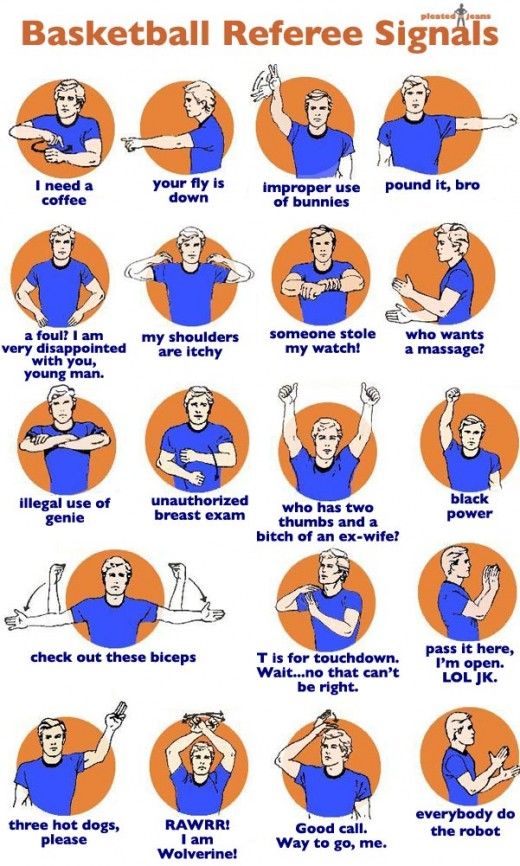
In other words, if you are doing a ball handling drill that calls for 10 reps right hand and 10 reps left hand, simply increase your left hand reps. So maybe do 10 reps right hand and 15 reps with your left hand. Just make this a part of your workout routine. It may not seem like a big difference, but if you consistently do more QUALITY reps with your weak hand, you’ll begin to see improvement.
2. Give Me 10!I’m not asking for an extra hour or two hours a day. I’m asking that you show up 10 minutes early to each work out. This 10 minutes is going to be dedicated to ONLY USING YOUR LEFT HAND.
Below is a list and brief explanation of simple yet effective drills to do with your weak hand in the first 10 minutes of each workout.
Stationary Weak Hand Drills
- Left Hand (Weak Hand) Ball Rolls. Simply roll the ball on the floor in a circle with your left hand. Make sure you go both directions. Do 3 circles clockwise and 3 circles counterclockwise.
-Step-4.jpg/aid8503602-v4-728px-Do-a-Euro-Step-Layup-(Basketball)-Step-4.jpg)
- Left Hand Pound Low. Pound the ball as low and as hard as you can for 20 seconds.
- Left Hand Pound High. Pound the ball as high and hard as you can for 20 seconds.
- Left Hand Kills. Pound the ball high and hard and then after 5 seconds try to pound the ball as low as you can (almost kill your dribble) and gradually bring the ball up to as high as you can go. Repeat for 5 reps.
- Left Hand Side To Side. On the left side of your body, push and pull the ball at your side low and fast for 20 seconds.
- Left Hand Windshield Wipers. Put the ball out in front of you and go back and forth from left to right low and hard. Do this for 20 seconds.
On The Move Ball Handling for Weak Hand (Do These Drills Full Court & Back)
- Left Hand ½ Speed. You should go at approximately 50% speed with your left (weak) hand.
- Left Hand Hesitation.
 Take 2 dribbles forward and perform your hesitation with your left hand and then explode forward. Repeat until you get to the opposite baseline.
Take 2 dribbles forward and perform your hesitation with your left hand and then explode forward. Repeat until you get to the opposite baseline. - Left Hand In And Out. Take 2 dribbles forward and perform in and out move with your left hand. Repeat until you get to the opposite baseline.
- Left Hand Retreat Dribble. Take 4 hard dribbles forward. Stop. Take 2 hard dribbles backwards trying to cover as much ground as possible. Continue with 4 dribbles forward followed by 2 retreat dribbles backwards until you get to the opposite baseline.
- Left Hand Low Pound. Walk to the opposite baseline while pounding the ball in your left hand low and hard
- Left Hand Speed Dribble. Now it is time to fly. Speed dribble as fast as you can to the opposite baseline. Do this drill full court and back three times with a short rest between reps.
These 11 drills give you a great place to start each of your workouts.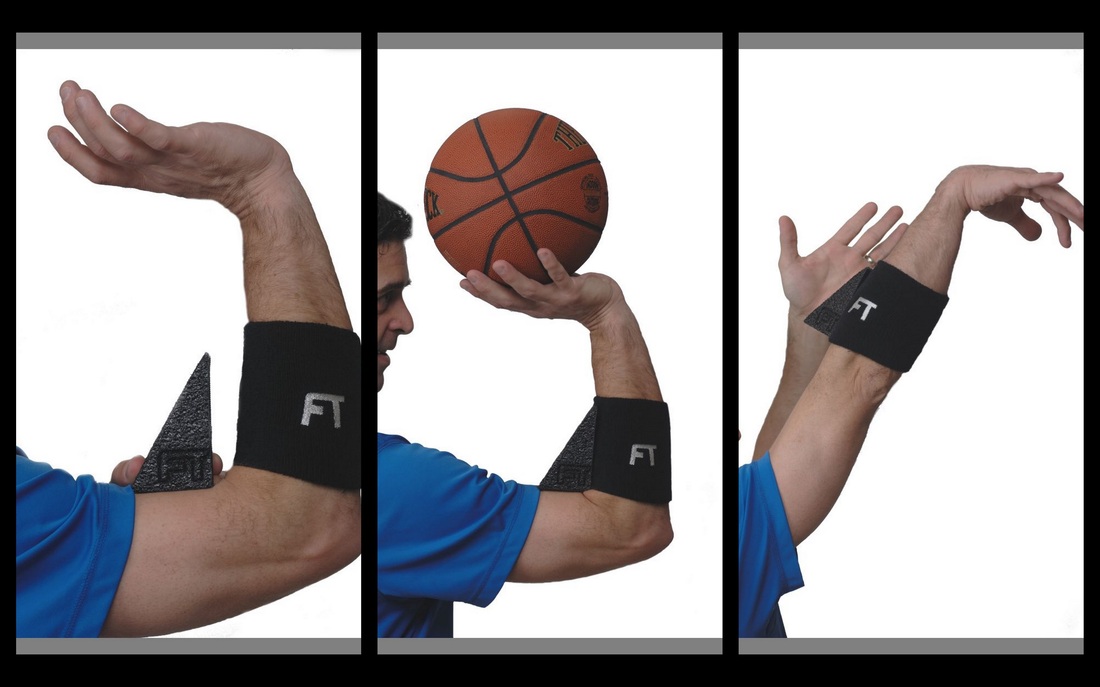 And the best thing is you don’t have to be at the gym to do these, so if you want to improve faster, do these beginner basketball drills twice a day at home.
And the best thing is you don’t have to be at the gym to do these, so if you want to improve faster, do these beginner basketball drills twice a day at home.
Key Points of Emphasis:
- Make sure you keep your eyes up for every drill and look around the gym as you are using your left hand.
- Work on hard, quick dribbles while you are using your left hand. You may lose the ball occasionally – that’s OK – you are getting BETTER!
3. Left Only Bonus DayEveryone knows to improve at something it takes extra time. How bad do you want to become an elite ball handler with both hands? If your left (weak) hand is holding you back stop making excuses. Go to the gym 1 extra day a week.
Maybe you are going 3 days, so go 4.
Maybe you are going 5 days, so go 6.
But make that extra gym day a LEFT HAND DAY. Spend your time at the gym that day doing everything with your left hand.
Do all left handed stationary ball handling.
Do all left handed on the move ball handling.
Do all scoring moves with left hand dribbling.
Do all your pull up jumpers to the left.
Pass against the wall to yourself only using your left hand.
This doesn’t have to be an extremely long workout. Maybe you are only at the gym an extra 45 minutes for this workout. And you can still do most of the normal shooting drills you do, but make sure any time you are to dribble, use your weak hand.
4. Left In Daily LifeOk, how often do you use your left hand in your daily life? Using your opposite or weak hand in everyday life helps strengthen neural connections in your brain.
Try using your left hand for EVERYTHING you do throughout the day.
Try opening doors with your left hand.
Try brushing your teeth with your left hand.
Try eating with your left hand.
You get the point. Everything you normally would use your right hand for, try using your left hand. It will be awkward at first, but you will gradually feel more comfortable. And this new found comfort with your left hand will carry over to the court.
And this new found comfort with your left hand will carry over to the court.
5. Game SituationsMake sure you use practices, pick-up games and scrimmages, to work on using your weak hand as well.
You will have to make a concerted effort throughout these live action games to use your left hand more!
What might that look like?
If you are forcing yourself to use your weak hand during off-season games, what might that look like? Maybe you are…
- Dribbling the ball down the court with your left hand when dribbling in transition.
- Attacking LEFT the first five times you put the ball on the floor to get to the rim.
- Bringing the ball down the floor every time with your left hand.
- Making push passes with your left hand.
Work = ConfidenceRemember, your current habit is to use your right hand and your strength is using your right hand. This means the tighter the game and the better the competition, the more likely you are to resort back to what you do best…. using your strong hand.
using your strong hand.
You must develop your weak hand so you are AS CONFIDENT using your left hand as you are using your right hand. And the only way for you to become confident in using your weak hand is by putting in the work! Put in the work and you’ll gain the confidence.
It is crucial that you implement your action plan for improving your weak hand into scrimmages, pick-up games, and summer league games, as well as practices. It is the only way you can achieve your ultimate goal of having NO WEAK HAND and having 2 STRONG HANDS.
Now let’s get to work!
One-hand passes | Basketball
One-handed passes can generally be used for longer distances than two-handed passes, but a one-handed pass (such as a hook pass or a one-handed shoulder pass) is harder to control and takes longer to complete. Therefore, at a distance of up to 8 m, two-handed transmission is more preferable. True, there are circumstances that may require a one-handed pass for any distance.
One-hand shoulder pass or baseball pass . It can be played long distances from any position on the court and is often used to quickly put the ball into play after a basket is taken or to initiate a fast break.
From a comfortable position with legs apart, with evenly distributed body weight, the player carries the ball with both hands over the right shoulder and behind the right ear. The right hand is behind the ball, slightly outward, with the fingers pointing up and the palm pointing towards the target. The left hand is located on the front surface of the ball and helps to direct the ball into the desired position. The passing player shifts body weight to the back foot and releases the ball with a step forward with a quick movement of the elbow, hand and fingers. In this case, the left hand leaves the ball and moves at shoulder level in the direction of the pass. When the ball is released, the weight of the body is transferred to the forward standing leg, and the accompaniment ends with an inward and downward rotation of the forearm and hand of a straightened arm with the thumb pointing down. The torso pivots around the front leg so that the passing player ends up facing the receiving partner. The toes of the feet are located in the direction of transmission. It is important that the accompaniment of the fingers is performed with a pronounced inward rotation towards the thumb. If the hand rotates outward, towards the little finger, the ball will describe an arc and will be difficult to master.
The torso pivots around the front leg so that the passing player ends up facing the receiving partner. The toes of the feet are located in the direction of transmission. It is important that the accompaniment of the fingers is performed with a pronounced inward rotation towards the thumb. If the hand rotates outward, towards the little finger, the ball will describe an arc and will be difficult to master.
Although some players may backspin the ball to get it over the head of defenders or put a teammate in the lead, this pass is extremely difficult to control and should not be used if it is possible to pass with two hands from the chest.
Hook transfer . It is used in the following cases: to start a fast break, when it is impossible to pass with one hand from the shoulder; to pass the ball to the post when, due to opposition from the defense, it is impossible to pass with two hands from above; to pass the ball to the center, performing the pass. The technique for performing this pass is basically the same as for the hook throw, and the pass can be done with or without jumping.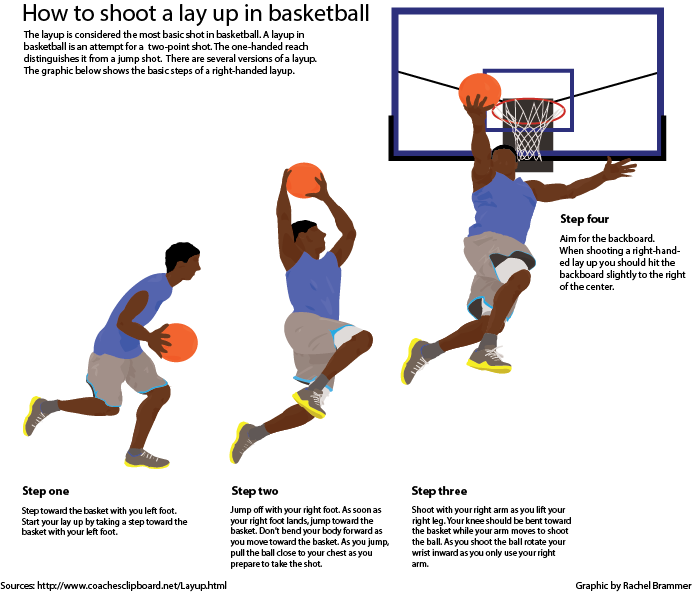
Passing with the hand farthest from the defender. Taking a step to the side and covering the ball with his hand and elbow, the player releases it with a circular motion of a straightened arm and finishes the pass with a movement of the hand and fingers. Care must be taken not to apply more force to the ball than necessary and not to send the ball in a downward trajectory. For speed, the pass can be performed without fully extending the arm, but this must be compensated for by stronger movement of the hand and fingers. Accompaniment is performed in the same way as when throwing with a hook.
One-hand transmission from below . This pass is used when the passing player is moving at high speed in one direction and his partner is moving towards him. The one-handed underhand pass is difficult to control and should only be used by experienced players when no other pass is possible.
Stepping forward with the left or right foot, the ball is released from below with a hard hand and a fully extended arm, the speed of the ball is given by bending the arm at the elbow, and the fingers control and direct the movement of the ball.
One-hand diagonal gear . Similar to a one-handed shoulder pass. It is used for short distances when speed is needed. From the position when passing with one hand from the shoulder, the ball is released by a quick movement of the arm diagonally and a powerful extension of it at the elbow and hand. The fingers rotate inward, towards the body, and the thumb points to the floor during accompaniment.
Push pass (after side feint). It is performed after a feint on the transfer with two hands from the chest. Used to supply balls to a passing player or post. This transfer is also used when it is necessary to move the defender that prevents the transfer. It can be performed with or without a bounce off the floor and is essentially similar to a two-handed pass, except that one hand only helps control the ball. As soon as the guardian reacts to the feint, the ball is released in the opposite direction with a full extension of the arm and a short movement of the hand and fingers with a step towards the pass.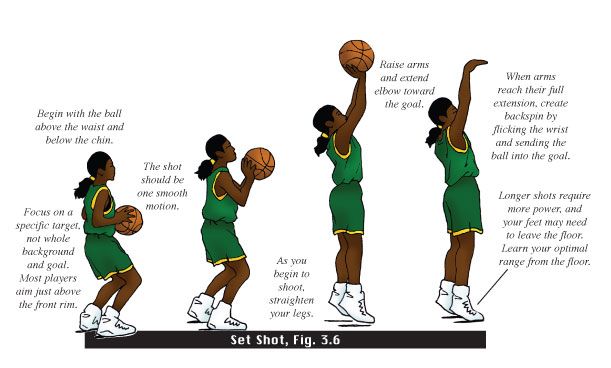 Accomplishment is performed with only the arm and forearm parallel to the floor in a direct pass and slightly slanted towards the target in a bounce pass.
Accomplishment is performed with only the arm and forearm parallel to the floor in a direct pass and slightly slanted towards the target in a bounce pass.
One-handed bounce pass . This is a great pass after a dribble when you need to send the ball quickly and accurately to a passing partner. The movement is performed in the same way as when passing with one hand from the shoulder, however, the release of the ball is carried out after the dribbling and the hand is not pulled back for a swing. Once the ball is off the floor on the last hit, it is caught and controlled by the lead hand. In one long passing motion, the player extends the arm holding the ball and releases the ball with a strong movement of the elbow, hand and fingers. The accompaniment is determined by the spin imparted to the ball (see two-handed chest pass). The pass must be timed so that the ball bounces to the receiver's waist height. If the transmission is strong enough, even with partial interference, it will reach the addressee.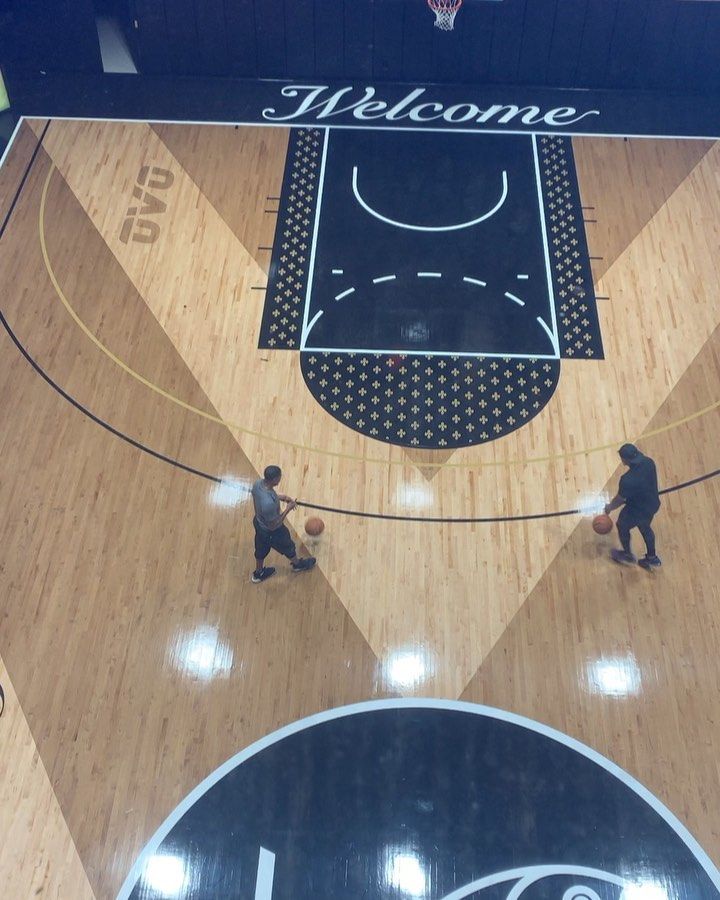 This, however, requires a larger swing and therefore more time to complete the pass. She is usually more effective against a tall defender.
This, however, requires a larger swing and therefore more time to complete the pass. She is usually more effective against a tall defender.
Passing with one hand behind the back . Used only for a short distance to a partner moving behind, or when it is the only possible pass to a free player when completing a break in two against one. The transmission can be either direct or rebound off the floor.
The player may turn his head slightly or use his peripheral vision to see the receiving partner. Embracing the ball with the passing hand bent at right angles to the forearm, the player carries the ball behind his back and releases it with a backward movement of the hand: the fingers are turned towards the partner receiving the pass, the player turns on the right foot (when passing with the right hand) in the direction opposite to the direction transmission.
Retract . This pass is used to change the direction of the ball in the air. The kick-off ball is sent to the partner in the best position. It is performed with a gentle movement of the hand and fingers and, in fact, is similar to finishing off the ball.
The kick-off ball is sent to the partner in the best position. It is performed with a gentle movement of the hand and fingers and, in fact, is similar to finishing off the ball.
If possible, use both hands to ensure better control of the ball.
How to develop your left hand if you are right-handed?
Most people during their lives train and develop only the right hand, and the left is given only an auxiliary role. But if our hands are the same, why not try to learn how to perform the same actions with your left hand, and why is this necessary?
The answer to this question lies in the way the human brain works. The left hemisphere controls logical thinking, speech, writing and is responsible for the work of the right half of the body, while the right hemisphere is the focus of intuition, creative perception, and coordinates the left half.
According to the observations of art therapists, the drawings made by the left hand are distinguished by extraordinary figurativeness, emotionality and realism.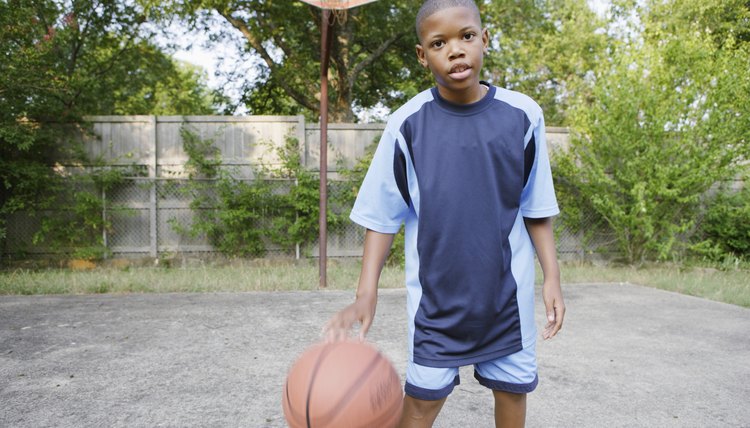 This is typical for artists, and those who have never been involved in drawing. In addition, people who have managed to develop the left hand along with the right, note how their life has changed with the inclusion of intuition in it and the activation of the creative perception of reality.
This is typical for artists, and those who have never been involved in drawing. In addition, people who have managed to develop the left hand along with the right, note how their life has changed with the inclusion of intuition in it and the activation of the creative perception of reality.
According to one of the theories of classical psychology, the human personality is a set of subpersonalities - different internal images: Parent, Adult, Child. The first two are critical, reasonable and rational. They live in the left hemisphere. And the third, the Inner Child, spontaneous, irrational, creative - in the right.
Therefore, the development of the left hand is the establishment of contact with the creative essence of oneself.
Developing the left hand, a person makes the brain work more productively, connecting intuitive, creative channels to logic and rationalism.
There are several effective ways to develop your left hand, and regular practice will definitely lead you to achieve your goal.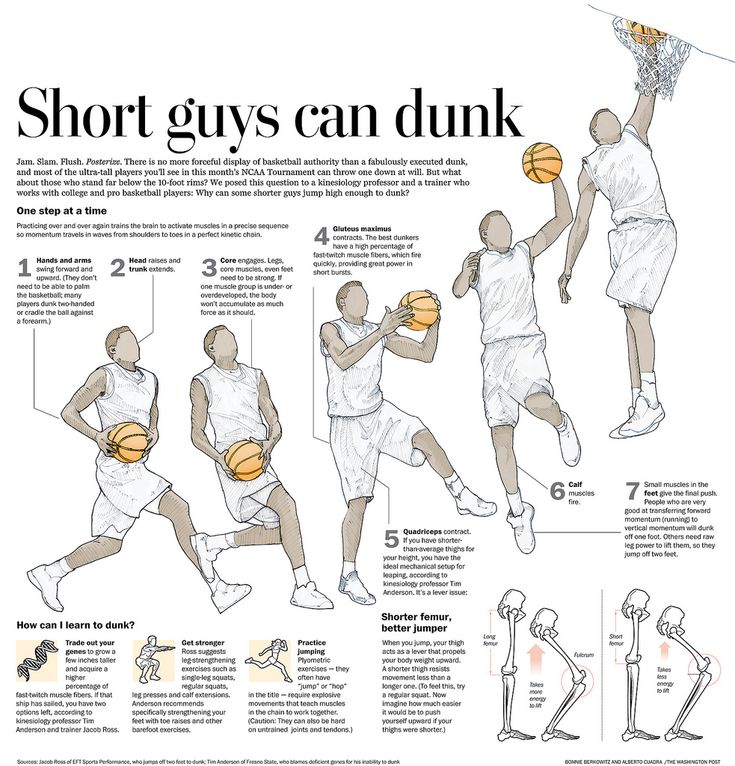
Learning to write with the left hand
It's a fun but challenging activity. Motivation is needed to be successful in this business. For a person striving for self-development, the goal will be to enrich logical thinking with creative potential.
To make training enjoyable, you need to comfortably equip your workplace. The table lamp is now on the right, while the left side of the table is left free, as there is now a hand and a writing pad.
A stylish pen and a bright notepad with a notebook will create the appropriate emotional mood so that when looking at them, a desire to work arises. You will need lined paper for writing, as you will have to learn to write again. The main thing is that the process of writing with the left hand brings joy, otherwise the training will soon get bored and become ineffective.
How to arrange the notebook? To make your hands less tired during work, the upper left corner should be placed slightly higher than the right, and the left elbow should be conveniently placed on the table.
Writing with the left hand will require writing instruments longer than usual, since the left-hander holds the pencil a little higher than the right-hander, the distance from the sheet of paper to the grip of the pen is 3-4 cm. , and then phrases, as first graders do. This will develop the technique of writing and develop a beautiful handwriting. If such activities are not to your liking, then you can write down your thoughts or write out your favorite quotes from books, catch phrases.
In the early stages of training, it is better to write in block letters, then switch to capital letters. You need to start by writing the alphabet. You can also use the technique of tracing text written in pencil with a pen. For fun, the method of mirror writing is suitable. The letter on the contrary, with a turn of letters by 1800, will help to achieve the desired result. So did Leonardo da Vinci, in whom both hands were equally developed. In addition, writing from right to left is natural for left-handed people with a dominant right hemisphere.
To be successful, you need to practice regularly for a few minutes. This will bring more benefits than infrequent but long workouts.
Training is not limited to the time allotted for it. The left hand should be loaded at every opportunity. For example, write down phone numbers, prescriptions and other useful information.
Left hand training requires a lot of patience, time and effort.
And it is unlikely that you will be able to immediately achieve visible quick results, so on the way to self-development you will have to stock up on patience and endurance. You should not expect a good writing speed at the first stages of training, the quality of writing, that is, a practiced skill, control of a previously naughty left hand, will be more important. The speed of writing will develop in the next stage of work.
Drawing with the left hand
The most successful way to practice. After all, the right hemisphere of the brain develops, where the creative potential is laid. Drawing allows you to better develop the motor skills of the left hand. First you need to put dots on paper, then connect them, make a schematic drawing. It is useful to start synchronous drawing by using both hands, gradually leaving the left hand in the work.
Drawing allows you to better develop the motor skills of the left hand. First you need to put dots on paper, then connect them, make a schematic drawing. It is useful to start synchronous drawing by using both hands, gradually leaving the left hand in the work.
American art therapists recommend the following exercises for the development of the left hand:
- Try to draw a symmetrical object using both left and right hands at the same time.
- Without synchronous actions, try to draw the same thing, each hand moves in its own way.
- Draw with right and left hands at the same time, but the drawings and trajectory of hand movements are different.
- Make a drawing with the right hand, then draw the same with the left.
More detailed instructions can be found in the article "How to learn to draw beautifully".
Use the left hand in everyday work
Always use the left rather than the right hand in everyday situations: brush your teeth, comb your hair, use a fork, spoon and other cutlery. When the skills have not yet been worked out, you can not use sharp objects: a knife, a needle, a straight razor, so as not to injure yourself.
When the skills have not yet been worked out, you can not use sharp objects: a knife, a needle, a straight razor, so as not to injure yourself.
The left hand must be constantly used, bringing the movements to automatism. Do not forget about the goals of developing the left hand, reinforce the work with positive motivation so that the classes do not get bored and bring benefits.
The following techniques will help you remember to train. For example, write on the palms: "Right", "Left". Performing this or that action, use not the right, but the left hand. Visual memory will definitely work. It is useful to wear a watch not on the left, but on the right hand. An unusual sensation will remind you that everything is now done by the left hand. You can stick stickers with the inscription: "Left" on various household items (door handles, telephone, refrigerator, electric kettle).
Strengthen the left arm
In addition to writing, exercise is essential for training the left hand.
- Ball exercises. Throw a tennis ball up and catch it with your left hand. After hitting the ball against the wall, catch it with your left hand. It is advisable to use rackets and, as the skill improves, change large ones to small ones. Classes in the gym with a basketball court will help improve the actions of the left hand. Stand to the right of the basketball basket and throw the ball into it with your left hand. Make 10 - 20 throws. In addition, it is useful to learn to dribble as easily with the left hand as with the right. To achieve the result, keep your right hand behind your back.
- Playing badminton with your left hand will bring tangible results.
- Weight lifting. It is necessary to shift the power loads from the right hand to the left. For this, manual expanders, dumbbells are suitable. Weight should be increased gradually.
- Juggling. This is a useful, exciting and spectacular activity that develops dexterity and coordination of movements.
 You need to juggle three to four balls.
You need to juggle three to four balls. - Playing musical instruments. The construction of most musical instruments requires the use of both hands equally. Yes, you can learn how to play the guitar. Guitarists pay great attention to the development of the fingers of the left hand. For this, a whole system of exercises has been developed. It will be useful to learn how to beat out a drum roll.
- Swimming. Perfectly develops coordination and, accordingly, the brain. In all types of swimming, both hands are equally involved.
- Spinning Another good way to develop the left hand. For the lesson you will need balls on the ropes. Holding the ends of the ropes with your hands, perform rotational movements.
The list of exercises can be supplemented by anyone who wants to engage in self-development, in accordance with their own imagination and hobbies.
The development of motor skills has a positive effect on the work of the brain, makes the reaction faster, thinking becomes flexible. However, at first, you should not expect a quick result. The opposite effect is possible. Due to the increased load on the brain, the speed of thinking and concentration slow down significantly, but as soon as the brain adapts, it will begin to work much more efficiently than before.
However, at first, you should not expect a quick result. The opposite effect is possible. Due to the increased load on the brain, the speed of thinking and concentration slow down significantly, but as soon as the brain adapts, it will begin to work much more efficiently than before.
Skeptics are wondering: is this not a myth? And is it worth the effort? However, scientists have long proven the connection between manual development and brain function. When exposed to reflex points located on the hands, impulses are sent to the central nervous system. Acupressure affects the internal organs. For example, when massaging the thumb, an increase in brain activity is achieved.
The development of the left hand not only improves brain activity, forcing the “gray cells” to work more actively, but also encourages sports, makes you move more, improve the body. And as a result - the achievement of the next step on the path to self-improvement.
Acquisition of the skill of using both hands to the same extent is the development of new thinking, the transition to a qualitatively new level of life, the enrichment of the logical, rational principle with creativity and intuition.